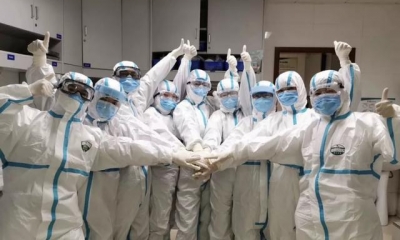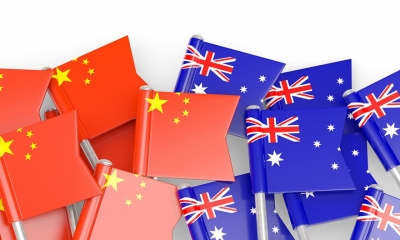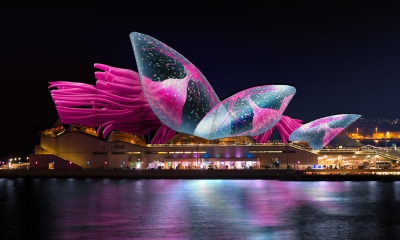An Australia-China Agenda for Growth
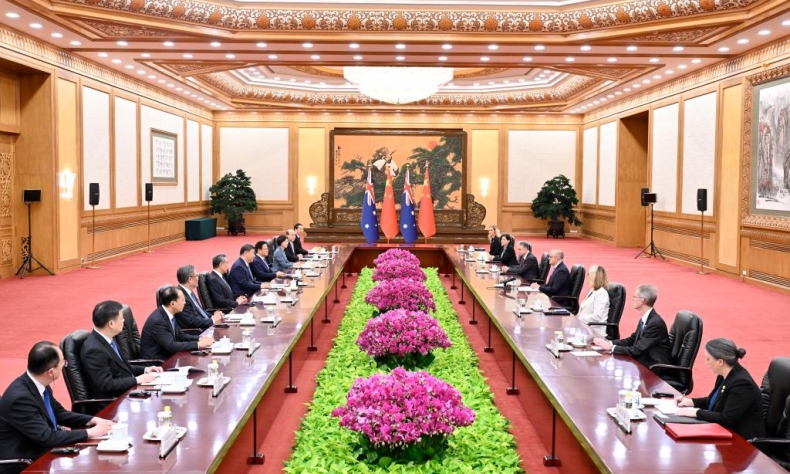
Both nations share a common interest in continued peace, development and economic interdependence in the Asia-Pacific region, which has delivered unprecedented prosperity in recent decades.
Australia’s Prime Minister, Anthony Albanese, has just spent a week in China. After his landslide second election victory and the careful groundwork of recent years, this investment of time in China – unmatched by any other world leader in recent years – clearly signals that Australia wants to pursue an agenda for growth in the relationship.
After the stress in Australia-China relations under the previous Morrison Government, which mirrored the U.S. turn under the first Trump Administration, Australia-China relations have now stabilised. It’s time to be more ambitious, to lay plans for the future.
After all, Australia and China are highly complementary economies. Australia is a resource-rich nation that for decades has supplied China with minerals, energy, food and other critical supplies for China’s modernisation. Both countries are committed to free trade and stable, rules-based economic cooperation in the region.
With Australia’s multicultural population, including a longstanding Chinese community, the two countries enjoy close people-to-people links. Both nations share a common interest in continued peace, development and economic interdependence in the Asia-Pacific region, which has delivered unprecedented prosperity in recent decades.
With wise leadership and strategic thinking, these areas of common ground should be a sound basis for greater practical cooperation. Australia has prospered when it has pursued pragmatic trade with Asia and cooperated with its diverse neighbours in building regional cooperation. Australia cannot afford to turn its back on Asia, despite the strong pull of cultural connections to more distant powers.
It was a pragmatic and far-sighted Australian leader, Gough Whitlam, who trailblazed a visit to China to forge the relationship fifty-four years ago, just days before Nixon made his famous visit. The Albanese Government is in this tradition of pragmatic as well as far-sighted regional engagement and it is in an unassailable position, after winning a record 94 seats out of 150 in the April 2025 Australian election. Count on stability in Australia’s leadership for at least two more electoral cycles, until early in the next decade.
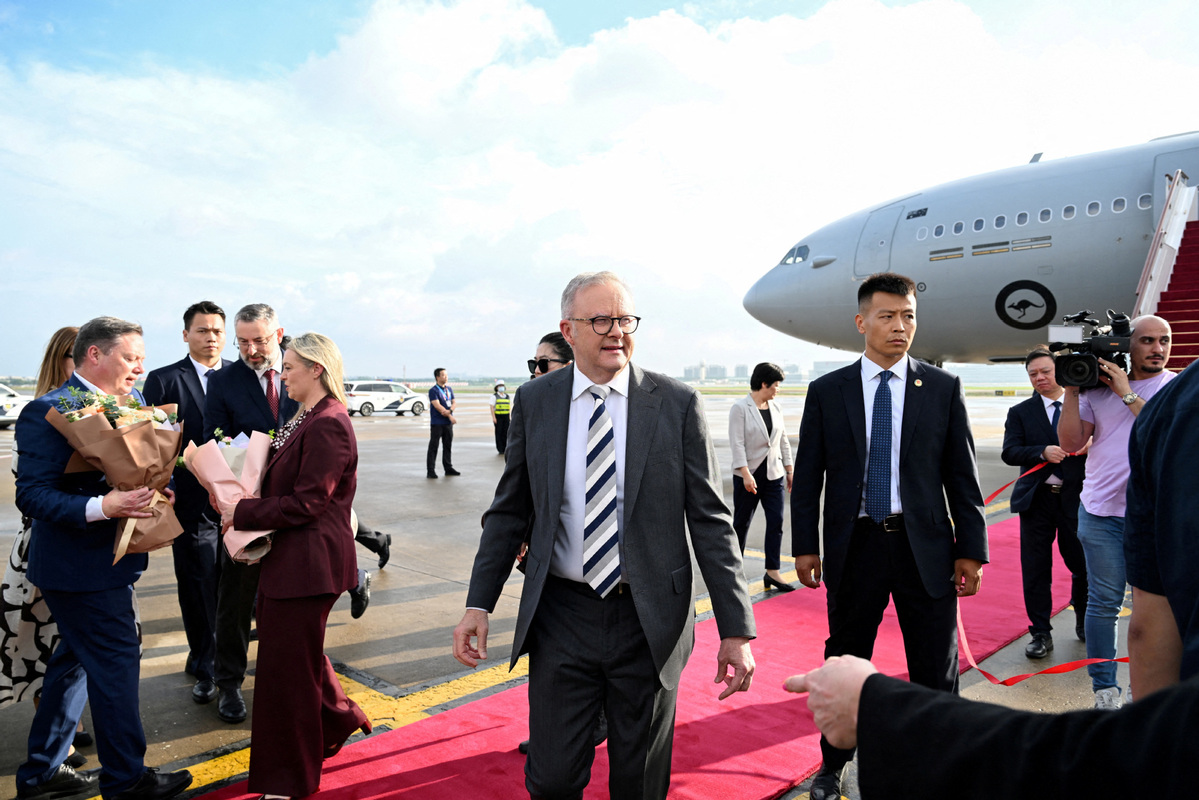
Albanese is not only starting to look more like Curtin in his physical appearance, but he has noticeably and trenchantly been repeating the mantra of Australia’s national interest, in the face of daily attempts by Australia’s notoriously febrile media to force a false binary choice between the U.S. and China. As with its other Asian neighbours, choosing one partner over another would clearly not be in Australia’s interest. As the world’s twelfth largest economy and a continent to itself, positioned in the world’s fastest growing region, Australia has significant capacity to chart its own course, even if its media continues to imagine otherwise.
It was Curtin who forged Australia’s close military alignment with the U.S. at a time of imminent threat from imperial Japan. While in normal circumstances, Australia would be expected to continue to cleave to the U.S. on matters of national security, which is a solidly bipartisan consensus, it is also self-evidently in Australia’s interest to maintain a strong working relationship with its largest economic partner, China.
The Albanese Government, in the tradition of Labor governments, seeks to find Australia’s prosperity and security in Asia rather than against Asia. Australia can therefore be expected to deepen its interdependence with China and, at the same time, with its other important regional partners such as Japan, South Korea, India and ASEAN.
The areas of pragmatic economic cooperation between Australia and China are potentially transformative. The two countries are natural partners in the transition to green steel and green energy. Australia welcomes Chinese products such as electric vehicles, which face tariff barriers in the U.S. and Europe. China welcomes Australian fine food and wines, for which there is a growing middle-class demand.
Albanese launched a tourism campaign and indeed tourism in both directions has plenty of potential to grow significantly given the many direct flights and attractive food, destinations and experiences both countries offer to the other. Australia and China have long had strong education and research links and indeed Australia may benefit from the more restricted environment now for Chinese students and researchers in the U.S.
To be sure, there remain political and cultural differences between Australia and China, but the Albanese visit to China has underlined a commitment to dialogue, which is the most robust and constructive way to build better mutual understanding.
As Albanese visited the Great Wall this past week, re-treading the path of his predecessor Whitlam, he must have reflected on the last half century of growth and the potential of the next half century for Australia-China relations. To achieve as much as previous decades, it will require far-sighted leadership to ensure stability and sustainability. Whitlam correctly observed that, for Australia, national independence requires international interdependence.
The article reflects the author’s opinions, and not necessarily the views of China Focus.
 Facebook
Facebook
 Twitter
Twitter
 Linkedin
Linkedin
 Google +
Google +




